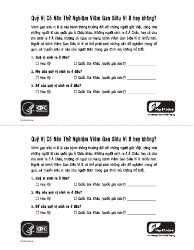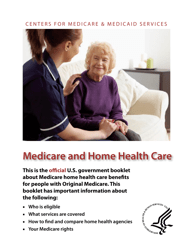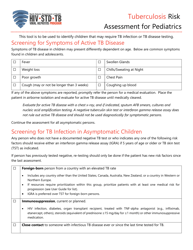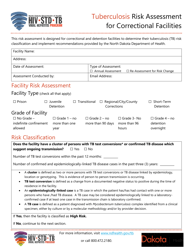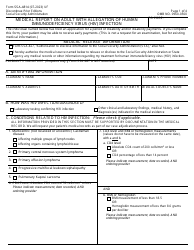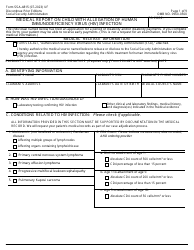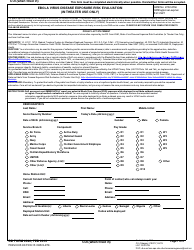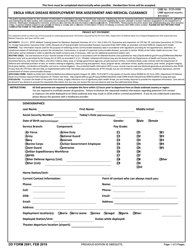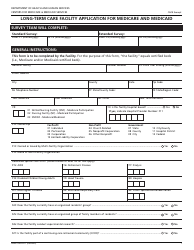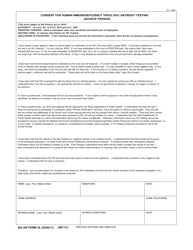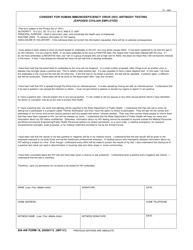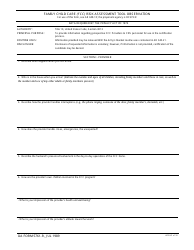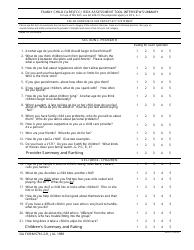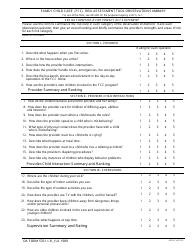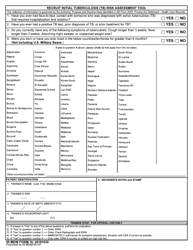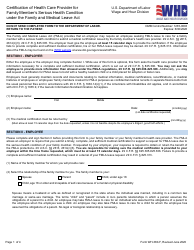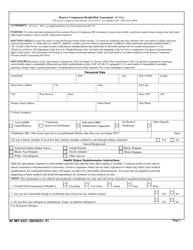Tuberculosis Risk Assessment for Health Care Workers - North Dakota
Tuberculosis Risk Assessment for Health Care Workers is a legal document that was released by the North Dakota Department of Health and Human Services - a government authority operating within North Dakota.
FAQ
Q: What is tuberculosis (TB)?
A: TB is a bacterial infection that primarily affects the lungs.
Q: How is TB transmitted?
A: TB is spread through the air when an infected person coughs or sneezes.
Q: Who is at risk for TB?
A: Health care workers are at an increased risk of TB due to their exposure to infected patients.
Q: What are the symptoms of TB?
A: Common symptoms include persistent cough, chest pain, fever, and night sweats.
Q: How is TB diagnosed?
A: TB is diagnosed through a combination of medical history, physical examination, and various tests such as a TB skin test or chest X-ray.
Q: How is TB treated?
A: TB is treated with a combination of antibiotics for several months.
Q: What precautions should health care workers take to prevent TB transmission?
A: Health care workers should use respiratory protective equipment, practice good hand hygiene, and follow infection control measures.
Q: Is TB preventable?
A: Yes, TB can be prevented through vaccination, early detection, and timely treatment.
Q: Is TB a serious disease?
A: Yes, if left untreated, TB can be a serious and potentially life-threatening disease.
Q: Is there a vaccine available for TB?
A: Yes, there is a vaccine called Bacille Calmette-Guérin (BCG) that can help to prevent severe forms of TB in children.
Form Details:
- The latest edition currently provided by the North Dakota Department of Health and Human Services;
- Ready to use and print;
- Easy to customize;
- Compatible with most PDF-viewing applications;
- Fill out the form in our online filing application.
Download a printable version of the form by clicking the link below or browse more documents and templates provided by the North Dakota Department of Health and Human Services.







